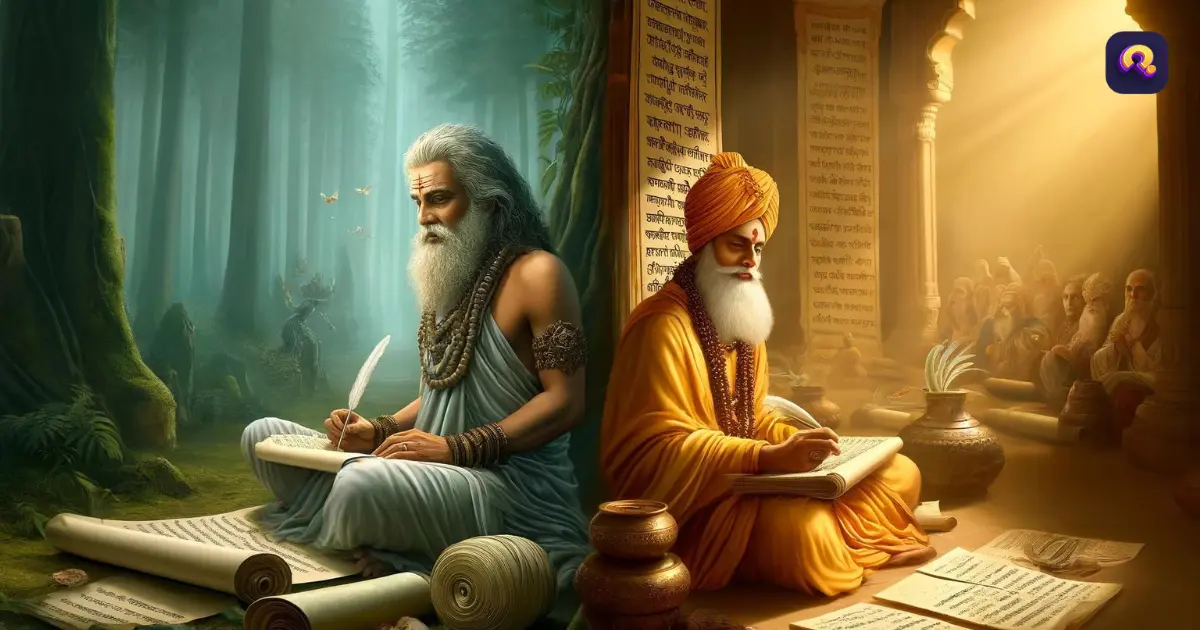
- May 27, 2024
- By: quizzinadmin
- Cultural Significance, Epic Explorations, Learning and Education, Quiz Insights
Explore the key differences between Valmiki Ramayana and Tulsidas’s Ramcharitmanas, two epic narratives of Lord Rama’s story. Understand their unique perspectives, styles, and cultural impacts.
The historical story of Lord Rama is one of the most celebrated epics in Indian literature, retold through various narratives over the centuries. Two of the most revered versions are Valmiki’s Ramayana and Tulsidas’s Ramcharitmanas. Although both narrate the same overarching tale, they differ significantly in their composition, style, and cultural context. This article explores the key differences between these two monumental works.
Origins and Authorship
Valmiki Ramayana
- Authorship: Attributed to Sage Valmiki, considered the Adikavi (first poet) of Sanskrit literature.
- Composition Period: Unknown. A tleast 10,000 BCE
- Language: Sanskrit.
- Structure: Comprises seven Kandas (books) and about 24,000 verses.
Tulsidas’s Ramcharitmanas:
- Authorship: Composed by the 16th-century poet-saint Tulsidas.
- Composition Period: Written in the 16th century CE.
- Language: Awadhi, a dialect of Hindi.
- Structure: Consists of seven Kandas, similar to Valmiki’s Ramayana, but with distinct narrative additions and alterations.
Cultural and Philosophical Context
Valmiki Ramayana
- Philosophical Orientation: Reflects the values and social norms of the Vedic period, emphasizing dharma (duty) and karma (action).
- Cultural Context: Represents an ancient Hindu worldview, focusing on the principles of righteousness and moral duty.
Tulsidas’s Ramcharitmanas:
- Philosophical Orientation: Infused with Bhakti (devotion) philosophy, highlighting the devotional aspects of Lord Rama’s life.
- Cultural Context: Written during the Bhakti movement, it focuses on devotion and the personal relationship with the divine, making it more accessible to the common people.
Narrative Style and Content
Valmiki Ramayana
- Narrative Style: Epic poetry with a classical Sanskrit style, often formal and elaborate.
- Content Focus: Provides a detailed account of events with emphasis on heroic deeds, moral dilemmas, and the adherence to dharma.
- Characters: Portrays characters with complex emotions and moral struggles, presenting a more humanized version of the epic’s protagonists.
Tulsidas’s Ramcharitmanas:
- Narrative Style: Written in a lyrical and devotional style, making it more relatable and easier to recite.
- Content Focus: Emphasizes the divine nature of Lord Rama and the power of devotion, often highlighting miracles and divine interventions.
- Characters: Characters are depicted with an idealized, devotional perspective, often emphasizing their divine qualities over human flaws.
Impact and Influence
Valmiki Ramayana:
- Historical Impact: As the original Ramayana, it has deeply influenced Indian culture, literature, and religious practices for centuries.
- Literary Influence: Inspired countless adaptations, retellings, and literary works across various Indian languages and cultures.
Tulsidas’s Ramcharitmanas:
- Cultural Impact: Became immensely popular in North India and played a significant role in the Bhakti movement, spreading the message of devotion and righteousness.
- Religious Influence: Widely recited and performed during religious festivals and events, it has become a cornerstone of devotional practices and communal gatherings.
Conclusions
While both Valmiki’s Ramayana and Tulsidas’s Ramcharitmanas narrate the same epic tale of Lord Rama, they offer distinct perspectives that reflect their respective times and cultural contexts. Valmiki’s work provides a classical, detailed account rooted in ancient Hindu philosophy, while Tulsidas’s version emphasizes devotion and accessibility, resonating with the Bhakti movement’s ideals. Together, they enrich the cultural and spiritual tapestry of Indian literature, offering timeless lessons and inspiration.
Download our Quizzin trivia app today from Google Play Store or Apple App Store today to understand it better.
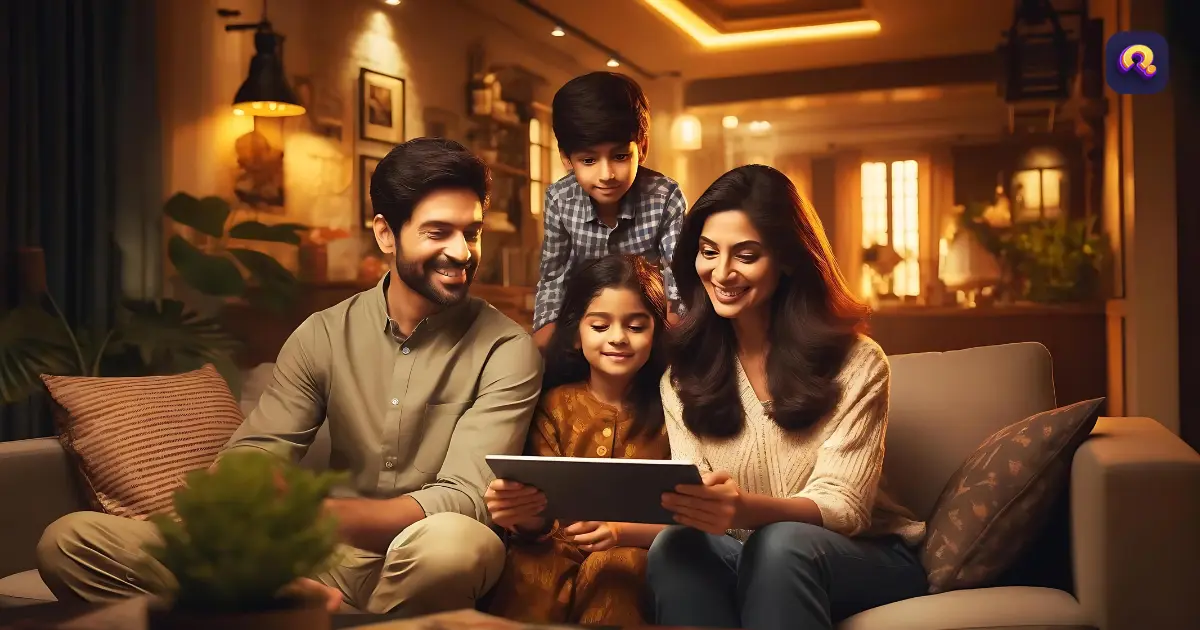
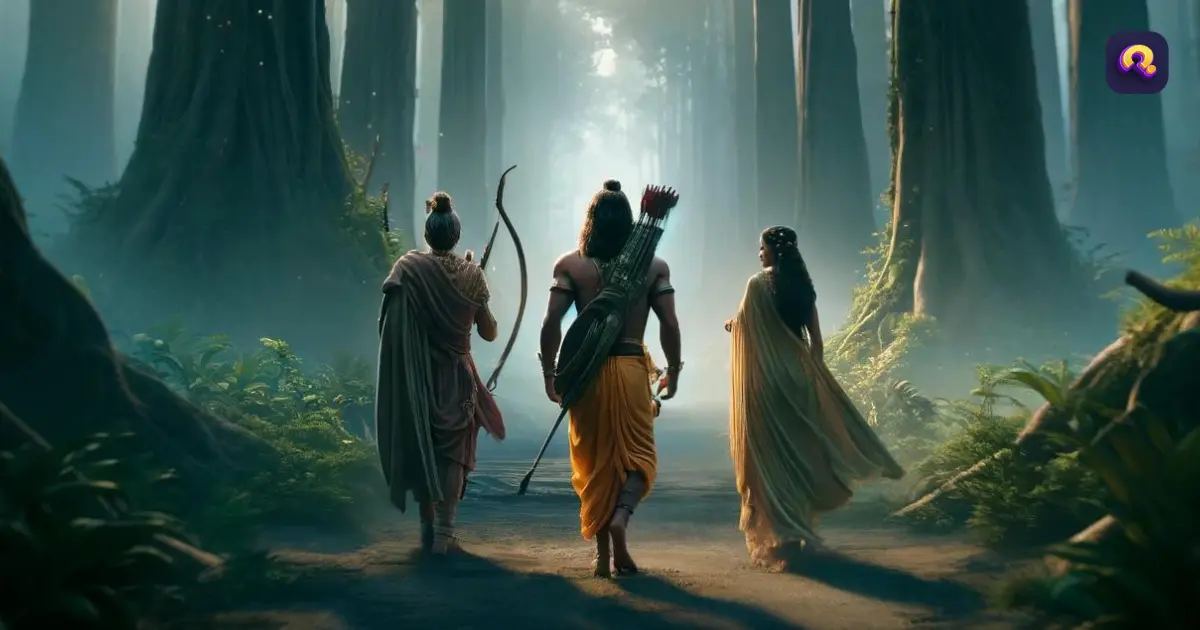


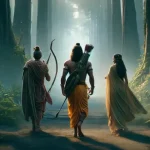
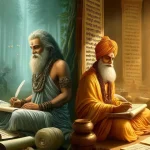
Leave a Reply